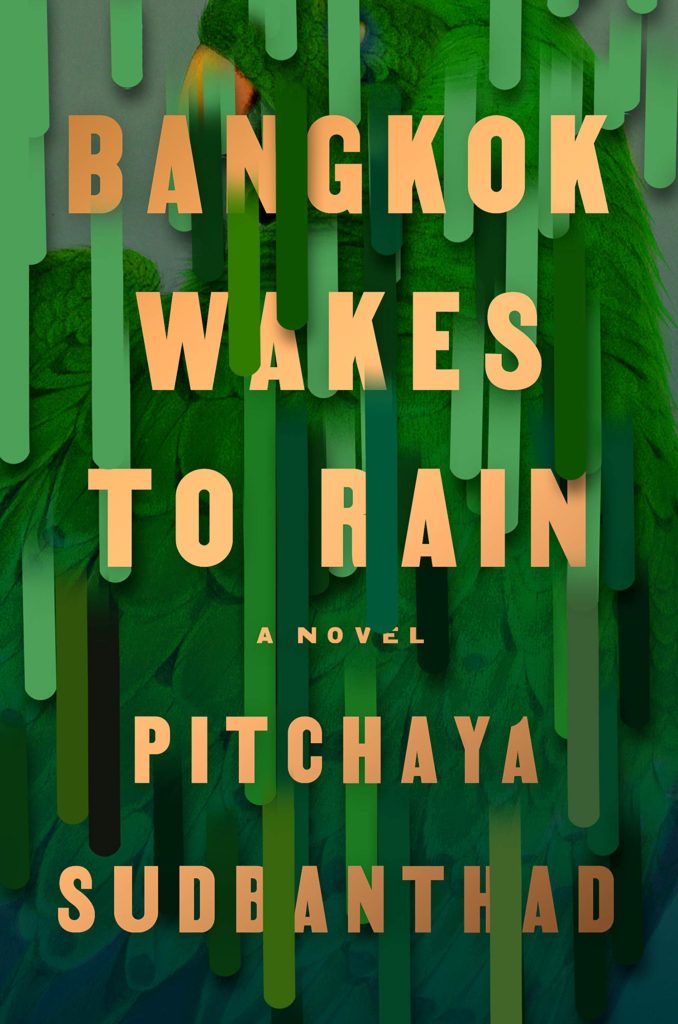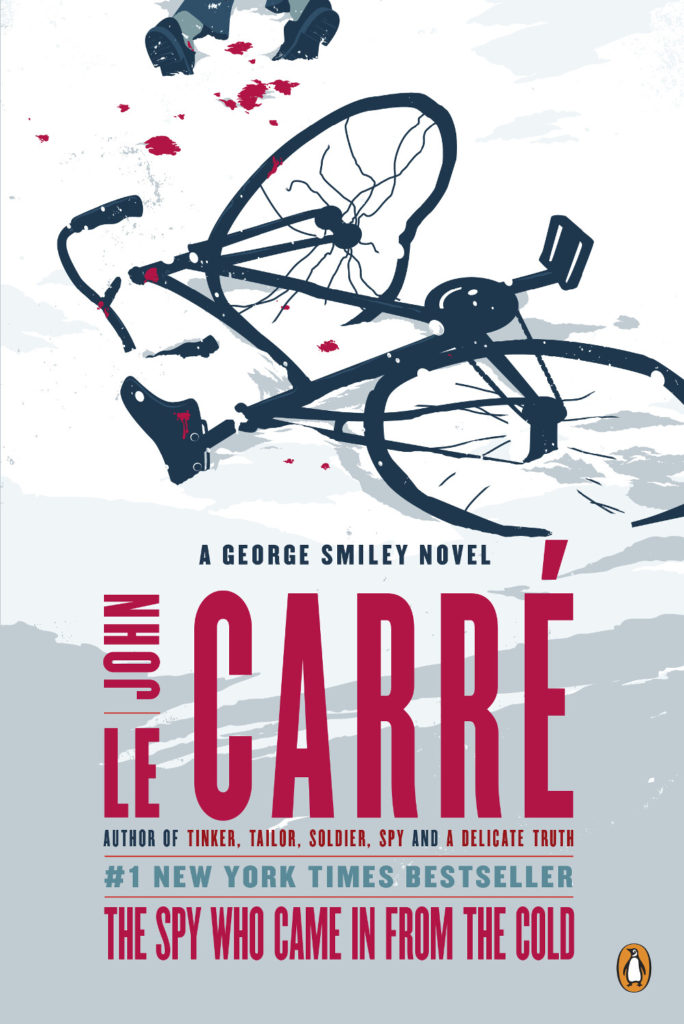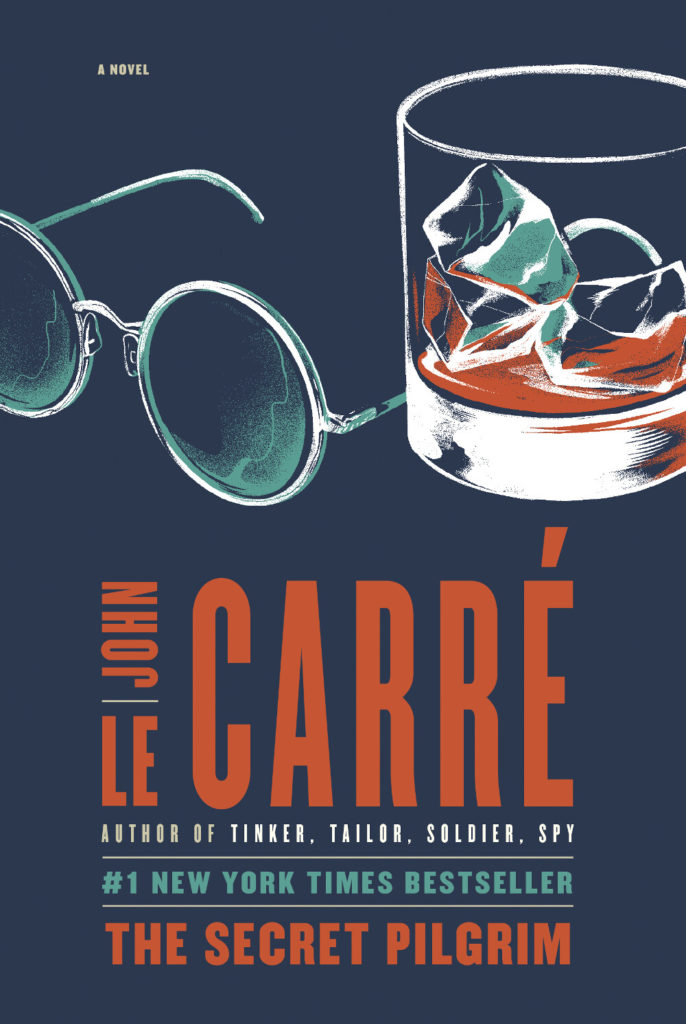It’s almost the first day of spring, the snow and ice have just about melted in Toronto (for now!), and everything is still awful, so it must be time for March’s book covers of note!

Bangkok Wakes to Rain by Pitchaya Sudbanthad; design by Grace Han (Riverhead / February 2019)

The Bird King by G. Willow Wilson; design by Helen Crawford-White (Grove / March 2019)

The Bold World by Jodie Patterson; design by Jaya Miceli (Ballantine / January 2019)

Boşluktakiler by Tom McCarthy; design by David Drummond (Jaguar / February 2019)
This is the Turkish edition of Men in Space by Tom McCarthy. I like how the composition and colour palette echo the cover of the US edition published by Vintage, designed by John Gall:
It also reminds of the golden leaf cover for ‘True Faith’ by New Order designed by Peter Saville.

The Cook by Maylis de Kerangal; design by Na Kim (Farrar, Straus & Giroux / March 2019)
(I feel like a Freudian could have a field day with this cover.)

Daisy Jones and The Six by Taylor Jenkins Reid; design by Lauren Wakefield (Hutchinson / March 2019)
The cover of the US edition published by Ballantine (I couldn’t find an image without the book club sticker… sorry), was designed by Caroline Teagle Johnson. The book is getting a lot of buzz so I’ve seen both versions of the cover a lot online. It’s a pretty striking photo. I’m curious about where it came from…

Daisy Jones and The Six by Taylor Jenkins Reid; design by Lauren Wakefield (Hutchinson / March 2019)

Daisy Jones and The Six by Taylor Jenkins Reid; design by Caroline Teagle Johnson (Ballantine / March 2019)

Follow This Thread by Henry Eliot; design by Elena Giavaldi (Three Rivers Press / March 2019)

Good Kids, Bad City by Kyle Swenson; design by Henry Sene Yee (Picador / February 2019)

Halibut on the Moon by David Vann; design by Erin Fitzsimmons (Grove / March 2019)

Heroine by Mindy McGinnis; design by Erin Fitzsimmons (Katherine Tegen Books / March 2019)

I’ve Been Meaning to Tell You by David Chariandy; design by Tree Abraham (Bloomsbury / March 2019)

Lanny by Max Porter; design by Jonny Pelham (Faber & Faber / March 2019)

Midnight by Victoria Shorr; design by Sarah-May Wilkinson (Norton / March 2019)
This uses some very fancy metallic stock that you can’t really appreciate from the image.
The type reminded me a little of the cover of a Faber & Faber collection called Sex & Death from a couple of years ago designed by Luke Bird.

The Municipalists by Seth Fried; design by Matt Taylor (Penguin / March 2019)

Rutting Season by Mandeliene Smith; design by Grace Han (Scribner / February 2019)

Unspeakable by Harriet Shawcross; design by Jamie Keenan (Canongate / March 2019)
And sticking with blue-green covers…

The Wall by John Lanchester; design by Utku Lomlu (Norton / March 2019)
The cover of the UK edition published by Faber & Faber (featured in January’s post) was designed by Alex Kirby:

When Brooklyn was Queer by Hugh Ryan; design by Rob Grom (St. Martin’s Press / March 2019)
Like this:
Like Loading...


























































